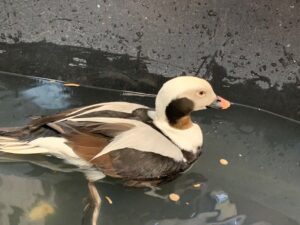Schuylkill Center for Environmental Education Appoints Erin Mooney as Executive Director
 Philadelphia, PA. May 15, 2024 — The Schuylkill Center for Environmental Education board of trustees announced today that they have named Erin Mooney as the organization’s executive director. Mooney has served as the interim executive director of the organization since April 2023. Prior to that, she served for six years on the Center’s board of trustees, most recently as vice president.
Philadelphia, PA. May 15, 2024 — The Schuylkill Center for Environmental Education board of trustees announced today that they have named Erin Mooney as the organization’s executive director. Mooney has served as the interim executive director of the organization since April 2023. Prior to that, she served for six years on the Center’s board of trustees, most recently as vice president.
“We are thrilled to name Erin Mooney as the next executive director of the Schuylkill Center. Erin’s deep understanding of the Schuylkill Center, her conservation experience, and dedication to the natural world combined with her commitment to our mission make her an exceptional choice for executive director,” said Marilyn Tinari, chair of the board of trustees. “We are confident that working together under her leadership we will achieve our strategic goals,” Tinari said.
The board formed a search committee to find the Center’s next leader and worked with an executive search firm earlier this year to conduct the search.
“As the search progressed it became clear that Erin’s leadership and vision make her the executive director we were searching for,” Tinari said.
 “I’m incredibly honored to be chosen to lead the Schuylkill Center into the future,” Mooney said. “As one of the most wild places in the city of Philadelphia, the Center has so much to offer. I’m excited to carry forward a vision where the Center is synonymous with nature for all Philadelphians.”
“I’m incredibly honored to be chosen to lead the Schuylkill Center into the future,” Mooney said. “As one of the most wild places in the city of Philadelphia, the Center has so much to offer. I’m excited to carry forward a vision where the Center is synonymous with nature for all Philadelphians.”
Mooney will be the fifth executive director in the organization’s 59-year history and is the first woman to serve in the position.
Mooney is a longtime non-profit conservation leader and served as the communications director of The Nature Conservancy in Pennsylvania and Delaware and the national press secretary at Trout Unlimited, a national coldwater conservation organization. A former NPR producer and reporter at the Philadelphia Inquirer, Mooney lives in the Mt. Airy neighborhood in Philadelphia with her husband and three children. She is also a certified LL Bean fly casting instructor.
The Schuylkill Center for Environmental Education
Founded in 1965, The Schuylkill Center is one of the first urban environmental education centers in the country, with 365 acres of fields, forests, ponds, and streams in northwest Philadelphia. The largest privately held natural area in Philadelphia, the Schuylkill Center offers educational programs for all ages, including Nature Preschool, school field trips as well as a wildlife rehabilitation clinic, an environmental art program and summer camp.
Media Contact
Mae Axelrod
Director of Communications
Schuylkill Center for Environmental Education
8480 Hagy’s Mill Road, Philadelphia, PA 19128
Tel. 215-482-7300


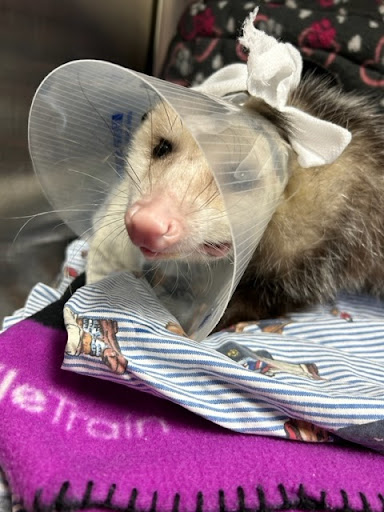
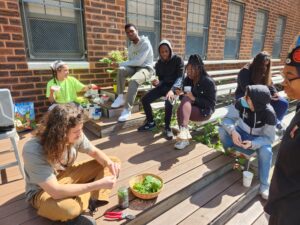
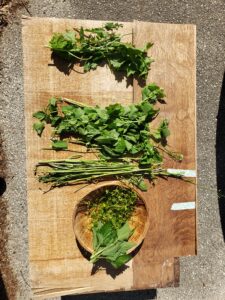
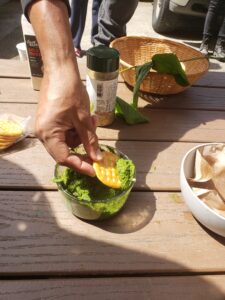
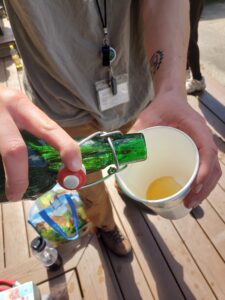
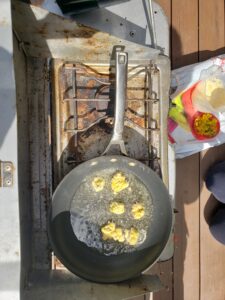
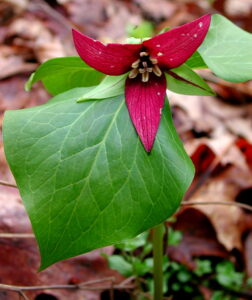
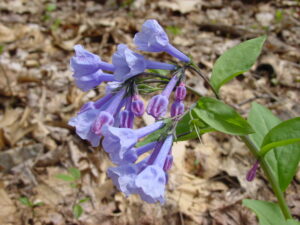
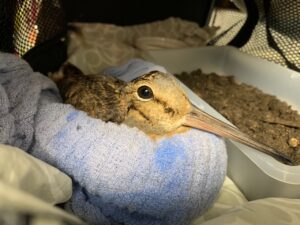
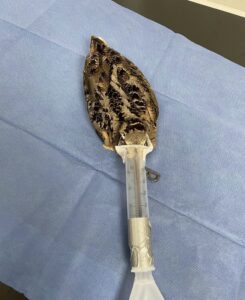
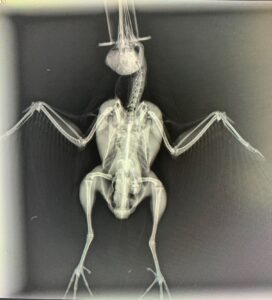
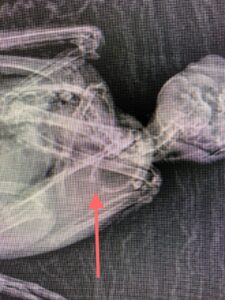
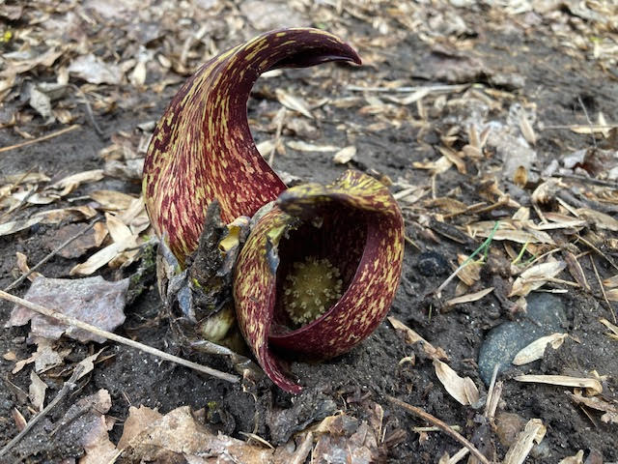
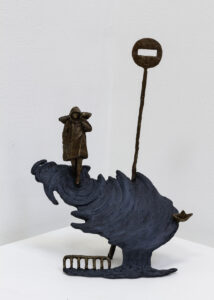
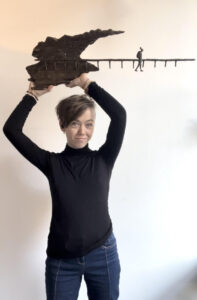
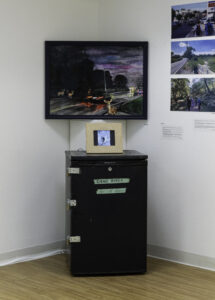
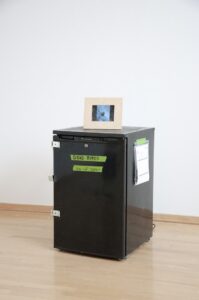
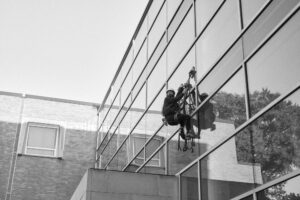
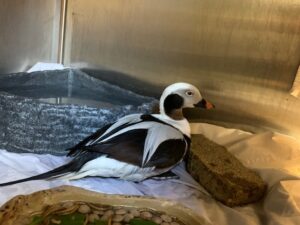
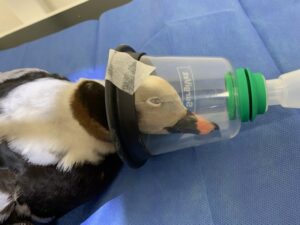
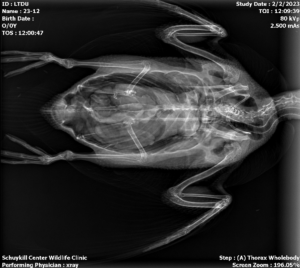 Long-tailed ducks are excellent swimmers and divers and have been recorded at depths of over 150 feet in the ocean. They are typically found in the waters of the Arctic and spend the winter on the open ocean, hunting for small crustaceans and fish, though they also eat aquatic plants. They are a rare sight to see in Pennsylvania, so the question is… what is one doing in Philadelphia?
Long-tailed ducks are excellent swimmers and divers and have been recorded at depths of over 150 feet in the ocean. They are typically found in the waters of the Arctic and spend the winter on the open ocean, hunting for small crustaceans and fish, though they also eat aquatic plants. They are a rare sight to see in Pennsylvania, so the question is… what is one doing in Philadelphia?